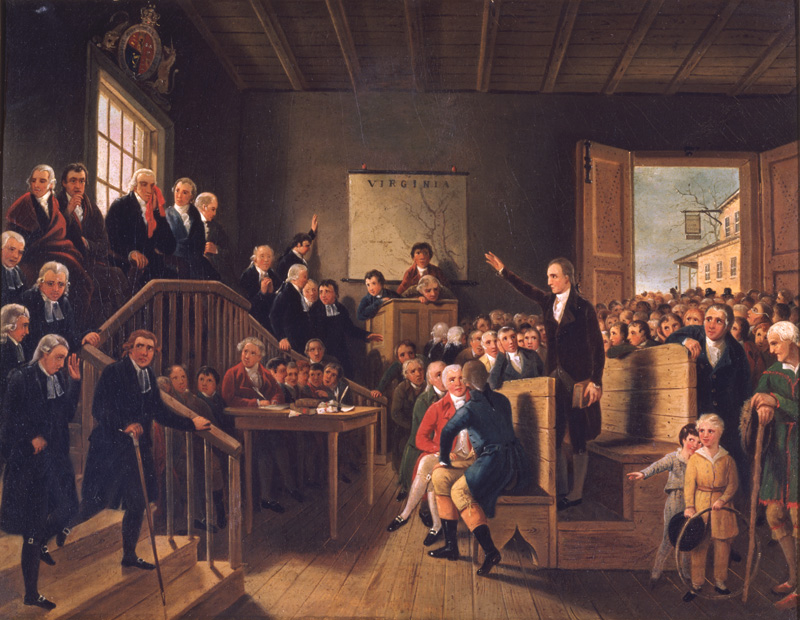| Did You Know? School divisions are subordinate units of general-purpose local governments. Each city and county has its own school division. Only a few towns have their own school divisions, e.g., West Point and Colonial Beach. |

| Did You Know? The Constitution of Virginia (1971) is the legal foundation for local government law in Virginia. The Virginia General Assembly enacts the statutes that govern the organization of local government and defines their powers. It also enacts legislation that restricts those powers. |